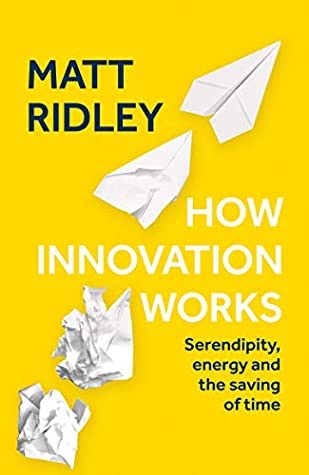The computer, as we know it, has four indispensable ingredients to distinguish it from a mere calculator. It must be digital (in particular binary), electronic, programmable and general purpose – that is, capable of carrying out any logical task, at least in principle. In addition, it must actually work. After an exhaustive survey of many claims, the historian Walter Isaacson concludes that the first machine to meet all these criteria is the ENIAC, the Electronic Numerical Integrator and Computer, which began operating towards the end of 1945 at the University of Pennsylvania.
Welcome back. Just a moment while we sign you in to your Goodreads account.


